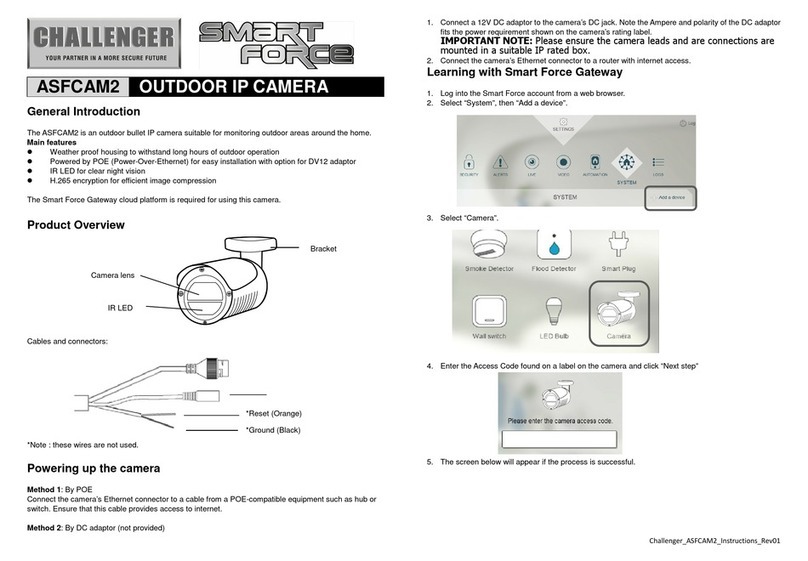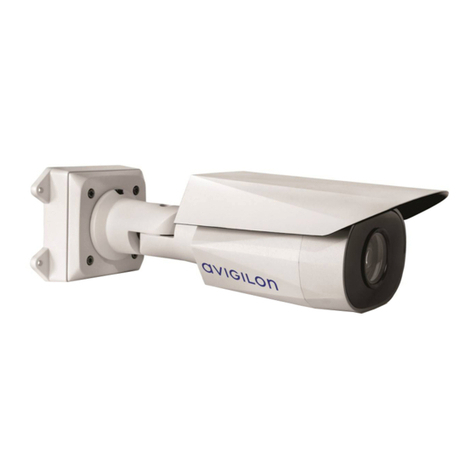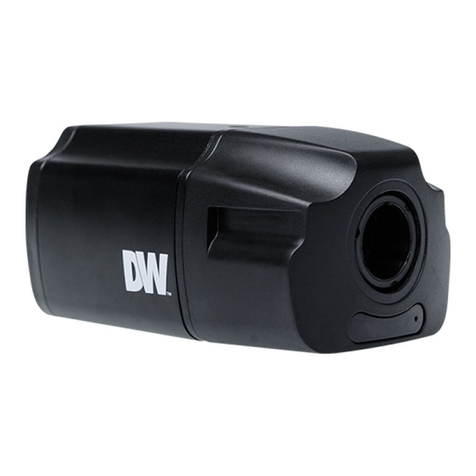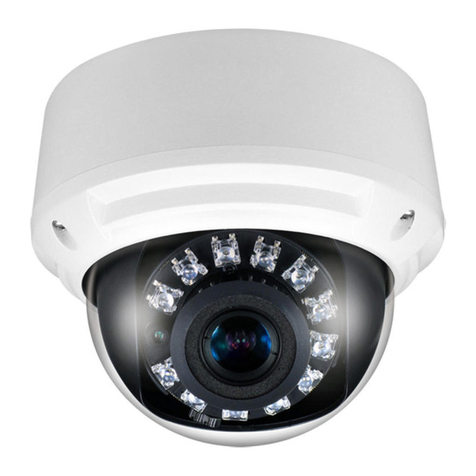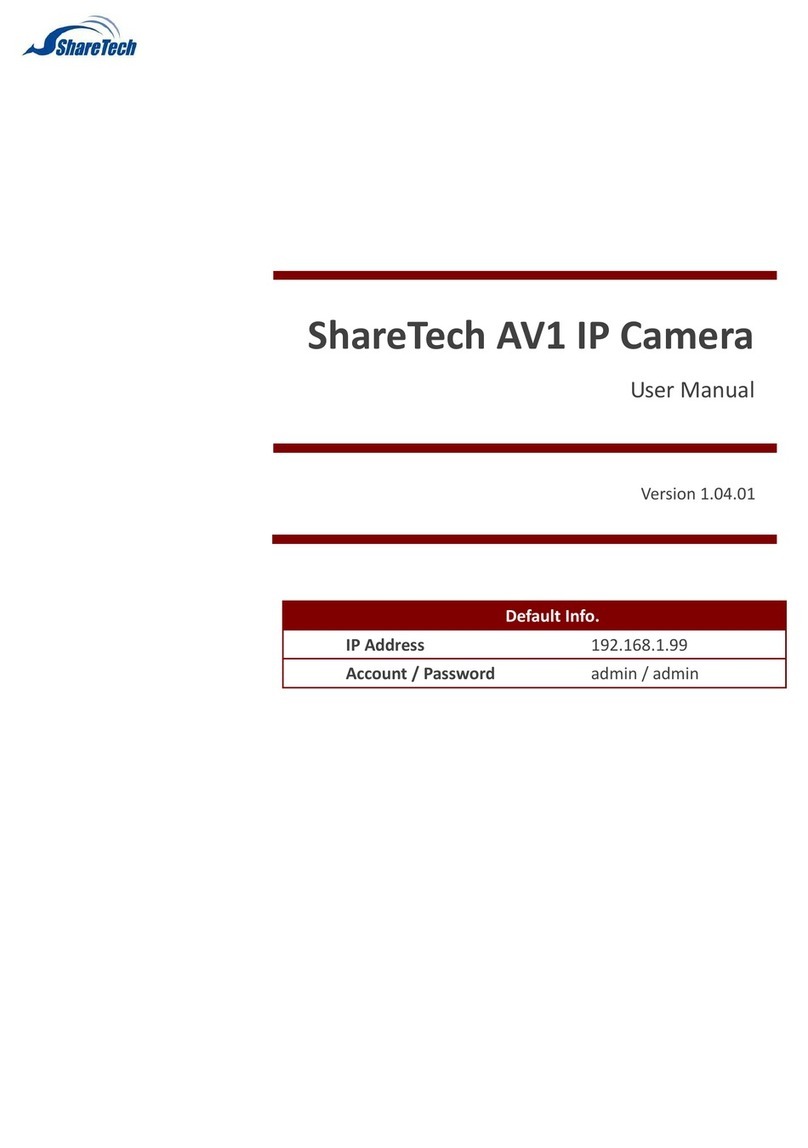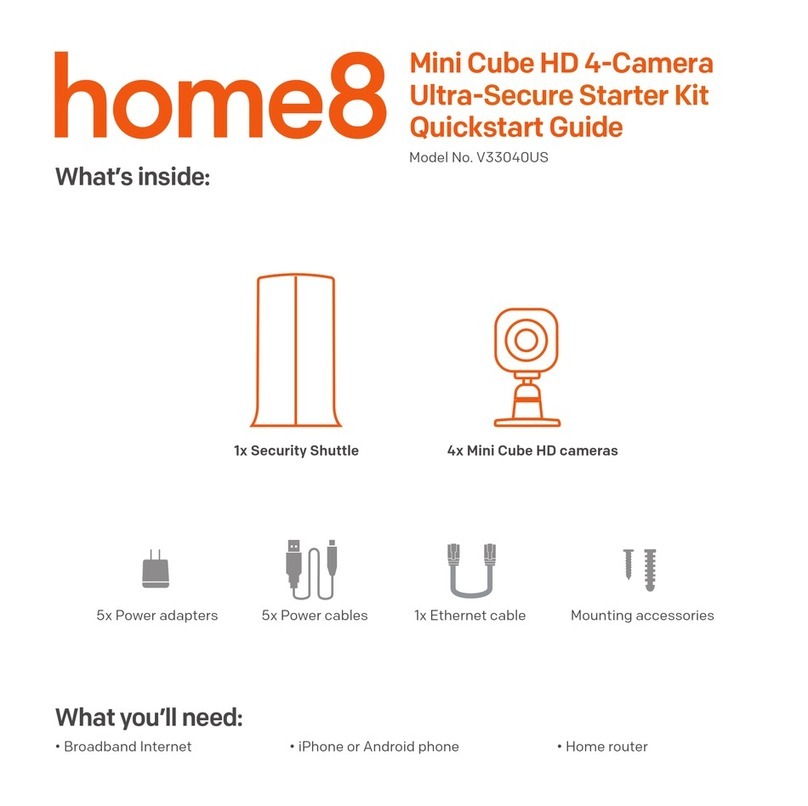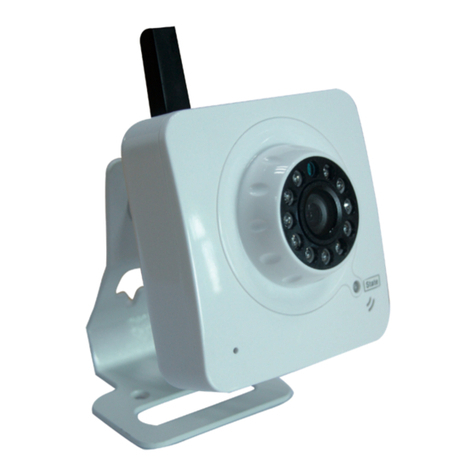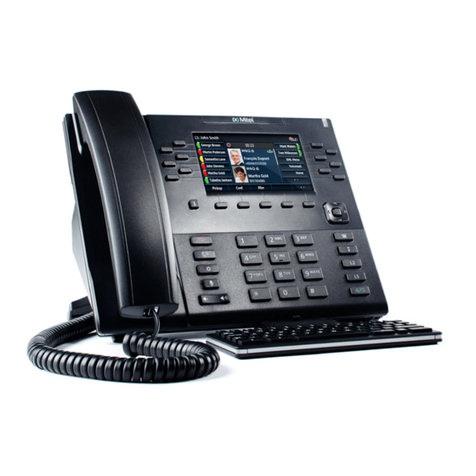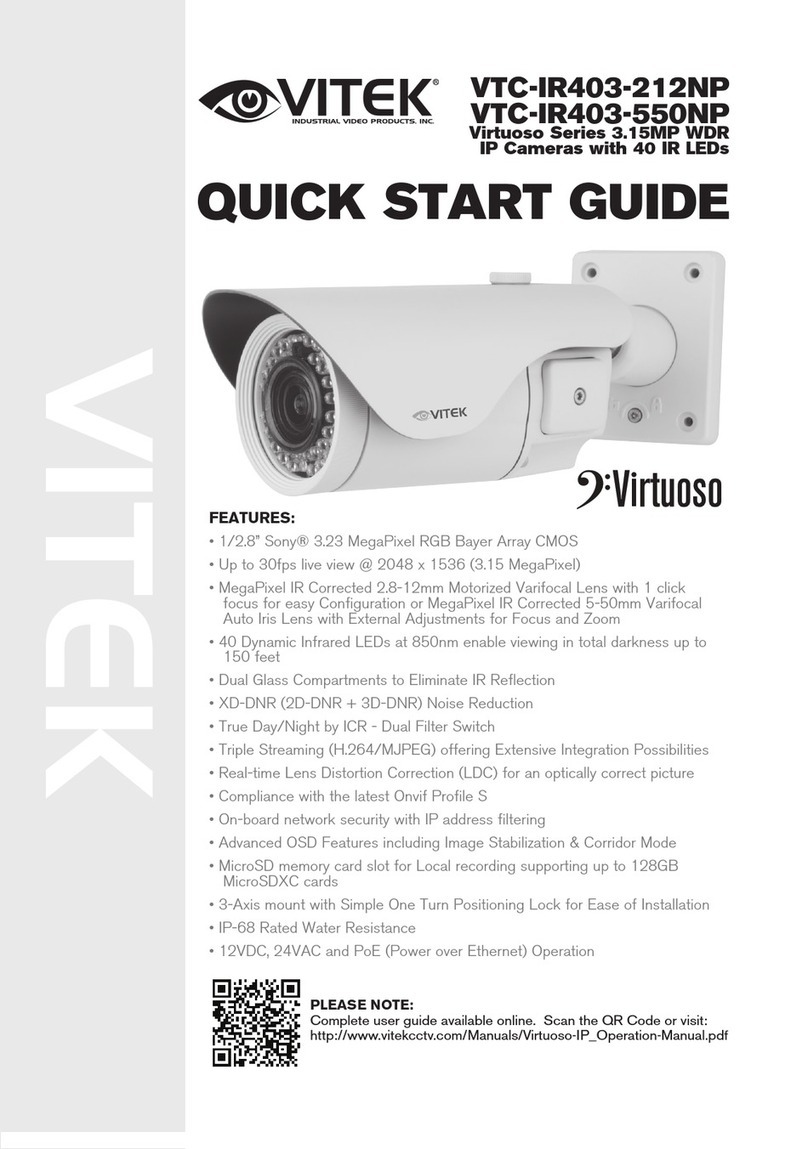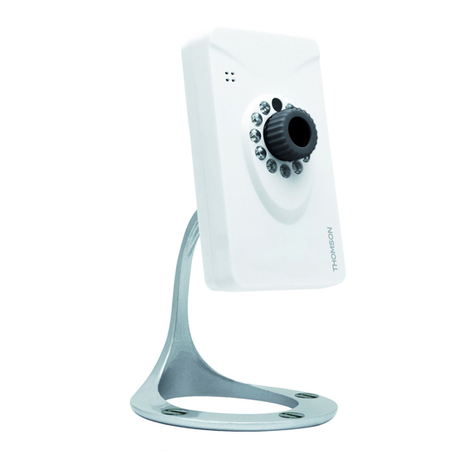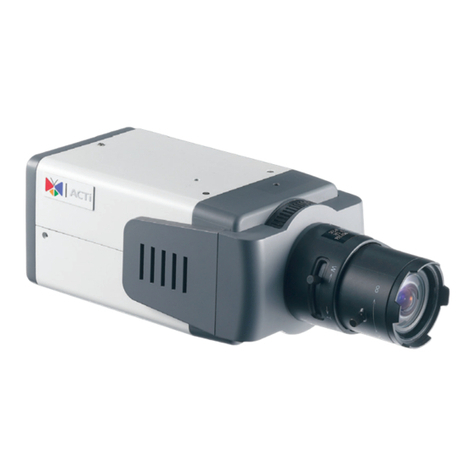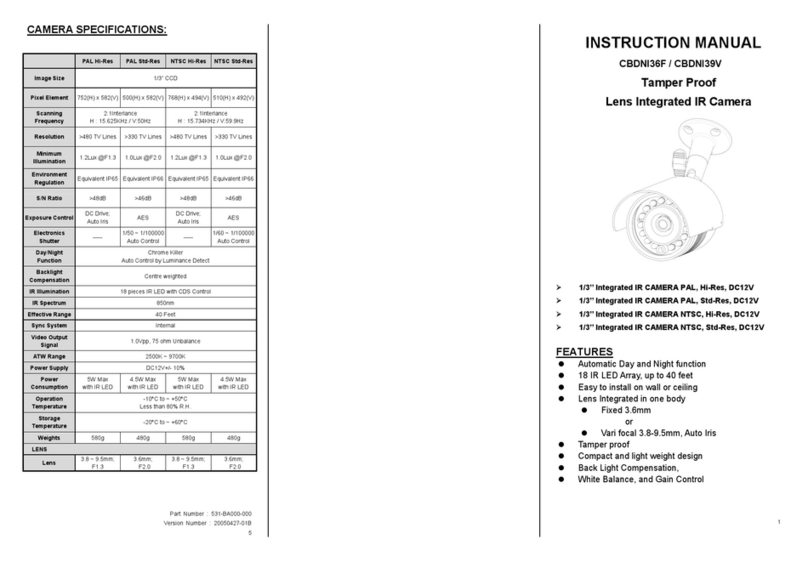
XX156-01-01 Rev 306 VN-755IPV3 Camera
i
Important
Safeguards
GRAPHIC SYMBOL EXPLANATION
The lightening bolt symbol alerts the user to the presence of
dangerous voltage that may present the risk of electric shock.
The exclamation point symbol alerts the user to the presence
of important operating and maintenance instructions.
1. Read Instructions - Read all safety and operating
instructions before the product is operated.
2. Retain Instructions - Retain all safety and operating
instructions for future reference.
3. Heed Warnings - Pay attention to all product warnings.
4. Follow Instructions - Follow all operating instructions.
5. Cleaning - (Do not use caustic, abrasive or aerosol
cleaners)
For units that CAN BE DISCONNECTED from the power
source, use a damp cloth for cleaning.
For units that CANNOT BE DISCONNECTED from the power
source, use a damp cloth for cleaning and do not allow
moisture or liquids to enter vents.
6. Attachments - Use only Vicon recommended attachments
to prevent unit damage and personal injury.
7. Water and Moisture - Use only products designed for
outdoor environments where they will be exposed to water or
moisture.
8. Accessories - Do not place the unit on an unstable surface
to avoid falling. UseonlyViconrecommended mounting accessories.
9. Ventilation - Do not block ventilating slots and openings as
they ensure reliable operation. Do not place the unit near a
heat source or into an enclosure unless recommended by
Vicon.
10. Power Sources - The product should only be operated
from the recommended power source. If not specified, consult
your Vicon dealer or local power company.
11. Grounding - Only products equipped with a 3-prong
grounded plug should be inserted into a grounded power outlet.
Contact an electrician to replace an obsolete outlet. Do not
force a plug into a non-grounded outlet.
12. Power Cord Protection - Power supply cords should not
be routed in trafficked areas or in tight spaces where they will
be pinched or used to bear weight. Allow some slack in the
cord where it enters the unit.
13. Outdoor Cable Grounding - Use only grounded outdoor
cables to protect against voltage surges and static charges.
Section 810 of the National Electrical Code, ANSI/NFPA 70-
1984, provides information on proper grounding of the lead-in
wire to an antenna discharge unit, size of grounding
conductors and the requirements of grounding electrodes.
14. Lightning - Disconnect the product from its power source
and cable system when possible to prevent damage due to
lightning and power-line surges.
15. Power Lines - Do not locate outside cables over power or
utility lines where they can fall and make direct contact.
Contact with power lines can be fatal.
16. Overloading - Do not overload wall outlets and extension
cords to prevent risk of fire and electric shock.
17. Object and Liquid Entry - Never probe through, or spill
liquid into, enclosure openings to prevent risk of fire or electric
shock.
18. Servicing - Refer all servicing to qualified service
personnel.
19. Damage Requiring Service - Obtain service when:
The power-supply cord or plug is damaged.
Objects have fallen or liquid has been spilled into the product.
The product is not designed for outdoor use and has been
exposed to water or moisture.
The product does not operate per the operating instructions.
Perform Vicon recommended adjustments, modifications and
troubleshooting only to avoid unit damage and personal injury.
The product has been dropped. The product shows a
significant change in performance.
20. Replacement Parts - Use only Vicon specified
replacement parts or an approved equivalent to prevent unit
damage and injury.
21. Safety Check - Request safety checks to be performed
following repair or maintenance to verify proper operation.
22. ESD Precaution - Take all normal electrostatic discharge
precautions to avoid component damage during installation
and operation.
23. For 230 VAC Devices- When the disconnect device is not
incorporated in the equipment or when the plug on the power
supply is intended to serve as the disconnect device, follow
the guidelines below:
For permanently connected 230 VAC units, a readily
accessible disconnect device must be incorporated into the
site wiring.
For 230 VAC units with a plug, the outlet must be installed
near the unit and be easily accessible.
